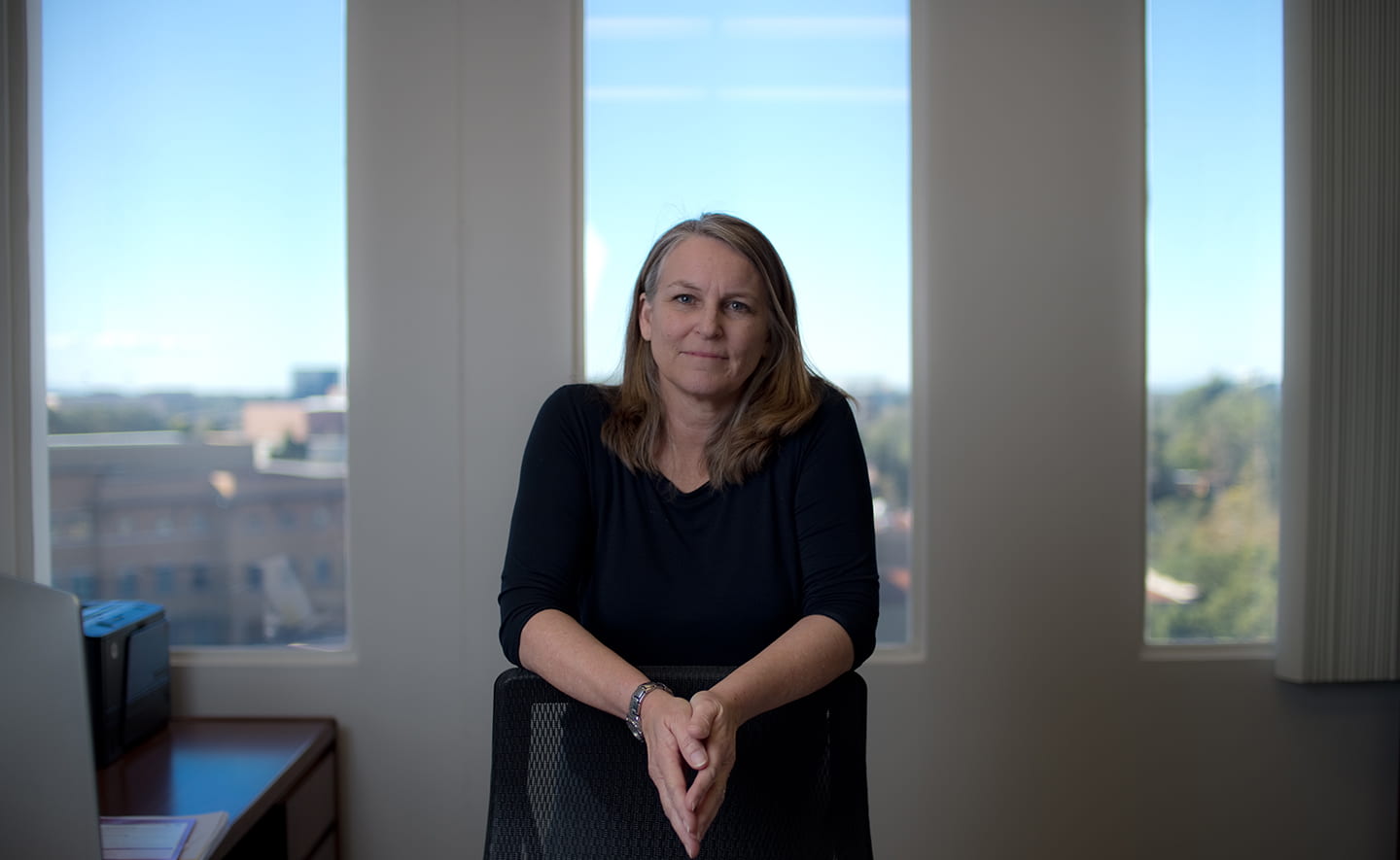Closing academia's gender gap
Study finds UCI making greatest strides, with ADVANCE program key in hiring female faculty

In the effort to achieve a more equal balance of male and female college professors, the University of California, Irvine has made greater strides than any other UC campus over the last 14 years, according to research published recently in Sociological Perspectives.
The catalyst was a program called ADVANCE, which UCI launched in 2001 after securing a National Science Foundation grant to increase the percentage of tenure-track female faculty in the sciences, technology, engineering and math, says Judith Stepan-Norris, UCI professor of sociology, vice provost for academic planning and co-author of the study.
UCI supplemented the NSF grant to extend the program’s coverage campuswide. Since 2006, Douglas Haynes, history professor and vice provost for academic equity, diversity and inclusion, has directed ADVANCE – with the aim of closing the gender gap and promoting faculty diversity, especially among underrepresented minorities.
In the early 1990s, women accounted for just 20 percent of UCI faculty members, less than the UC system average, Stepan-Norris says. By 2001, it was almost 24 percent. However, by 2009 – eight years after ADVANCE was implemented – women represented nearly 32 percent of UCI faculty. This growth of 8 percentage points between 2001 and 2009 far exceeded other UC campuses’ average of 5 percentage points during that time frame. In 2014, 34 percent of UCI faculty members were female.
This is significant, given that the peer review process in faculty hiring is especially vulnerable to implicit – or subconscious – bias, Stepan-Norris says.
“Research suggests that female candidates may be disadvantaged in work environments that are dominated by males,” she says. “Culturally dominant gender beliefs may come into play in the application process, the interview process and hiring decisions.”
That’s where 10 senior-level faculty members called equity advisers come in. Under the ADVANCE program, they’re involved in the faculty hiring process.
“Challenging peers with charges of bias risks damage to collegiality, advancement and possible collaborations,” Stepan-Norris says. “But when equity advisers who have knowledge, influence and credibility put their energies into systematically overseeing and – when necessary – challenging recruitment committee deliberations, they make an impact.
“The peer-to-peer engagement, training and robust attention to such things as pay equality, advancement, mentoring programs, award nominations and workshops serve to remove hurdles and barriers to gender equity in the search and advancement processes.”
In their analysis of ADVANCE, Stepan-Norris and co-author Jasmine Kerrissey, assistant professor of sociology at the University of Massachusetts Amherst, tracked women’s representation in tenure-track faculty positions at UC campuses from 1993 to 2009.
“Comparing UCI to eight sister campuses gave us an excellent group against which we could measure the program’s success,” Kerrissey says. “And by beginning our analysis in 1993, we could relate the percent of women present on campus and newly hired in the years before ADVANCE to those numbers post-program implementation at UCI.”
In terms of overall women’s representation, all UCs showed an increase between 1993 and 2009, but UCI reported the largest, most notably in the years after ADVANCE was launched.
The study found UCI about the same as other UC campuses in retaining female faculty – which Stepan-Norris attributes to the fact that ADVANCE does not systematically involve equity advisers in the retention process.
“This is an area where equity advisers could be utilized and perhaps impact retention rates,” she says. “We have a way to go in closing the gender gap and fully realizing inclusive excellence, but programs like this provide effective road maps for moving us toward that goal.”